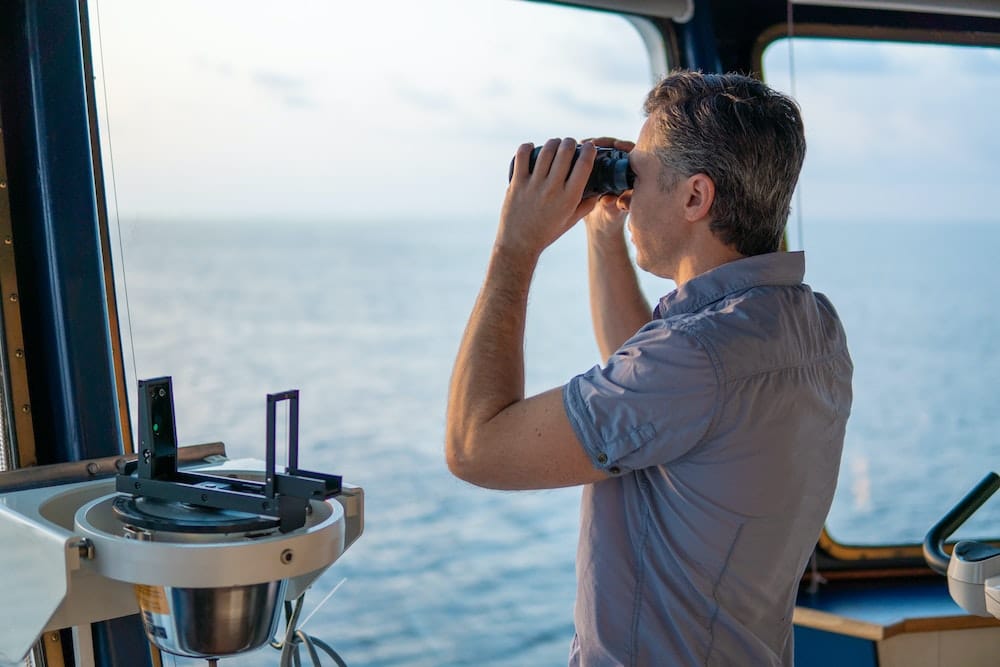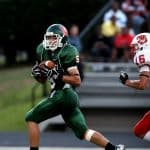In the highly competitive world of sports, professional athletes are not just revered for their athletic prowess, but for their brand image as well. They are valuable commodities, sought after by corporations for endorsements and partnerships. Personal branding, the practice of people marketing themselves and their careers as brands, has become a ubiquitous part of an athlete’s career. They are not just sports icons, they are influencers, role models, and brand ambassadors. In this article, we will delve into the complexities of commercial endorsements and personal branding that athletes grapple with and how they navigate through them.
The Importance of Personal Branding
In the world of sports, an athlete’s personal brand is almost as important as their performance on the field or court. Companies look for athletes who have a strong and positive image, as their endorsement can have a significant impact on consumer behaviour. Personal branding is a strategic and calculated process, often handled by a team of marketing and image consultants.
Sujet a lire : What Strategies Can Enhance Team Cohesion in Individualistic Sports like Tennis or Golf?
Athletes like Alano and Jocelyn have transformed from college sports stars into global phenomena, largely due to their exceptional personal brands. They understand that their image extends beyond their sports careers. Alano, for instance, has carefully built a brand of being a hardworking, humble and family-oriented man, while Jocelyn has focused on being a strong and independent female athlete, breaking barriers in her sport.
This branding process starts in school, where young athletes are trained not only to excel in their sport but to also build their image. College athletes often find themselves at the center of attention, with opportunities to create a brand even before they become professionals.
Lire également : How Can Athletes Effectively Balance Competitive Ambitions with Academic Responsibilities?
The Role of Social Media in Brand Building
In this digital age, social media plays a crucial role in an athlete’s personal branding. It provides a platform for them to interact directly with their fans and consumers, giving them a glimpse into their personal lives, thoughts, and beliefs. This direct interaction can greatly influence the perception of the athlete’s brand.
Athletes like Alano and Jocelyn have used social media to their advantage, sharing behind-the-scenes content, personal stories, and engaging with their fans. This not only helps to solidify their image but also creates a stronger connection with their audience, ultimately leading to increased brand loyalty and a wider consumer base.
It is critical for athletes to use social media responsibly, as any missteps can have a significant impact on their personal brand and their relationships with endorsers.
Navigating Commercial Endorsements
Securing commercial endorsements is a significant aspect of an athlete’s career. It not only serves as a substantial source of income but also a validation of their personal brand. However, choosing the right brand to endorse is a complex process that requires careful consideration.
Athletes must consider the brand’s image and if it aligns with their own. The right endorsement deal can amplify an athlete’s brand, but the wrong one can cause irreparable damage. They also need to consider the rights and obligations that come with a commercial endorsement, as it often involves a commitment to represent the brand in a certain way.
An example can be seen in the deals signed by NCAA athletes, who till recently were not allowed to sign endorsement deals. However, with the recent changes in the rules, NCAA athletes now have the opportunity to monetize their personal brands.
The Nil Era: New Opportunities and Challenges
The recent changes in the NCAA rules have given college athletes the right to monetize their name, image, and likeness (NIL). This has opened up a stream of new opportunities for athletes to build their personal brands and secure endorsements while still in school.
However, this also brings new challenges for athletes. The pressure to build a brand early on and navigate complex endorsement deals can be overwhelming. Athletes like Alano and Jocelyn must tread carefully, ensuring their focus remains on their sports performance while also capitalizing on these opportunities.
Managing the balance between their sporting career and their brand can be a complex task. The NIL era offers great potential, but it also requires athletes to be more conscious and strategic about their personal brands.
As we can see, professional athletes have to navigate a labyrinth of complexities when it comes to commercial endorsements and personal branding. It’s not just about playing the sport they excel in; it’s also about creating a brand that resonates with the audience and aligns with the right corporate partners. It’s a game played off the field, but it’s equally challenging and rewarding for those who master it.
While the landscape of personal branding and endorsements continues to evolve, one thing is certain: athletes who can effectively manage their brand and endorsements are the ones who will maximize their potential, both on and off the field.
Understanding Fan Arch and its Impact on Branding
For an athlete, building a brand that resonates with their fans is crucial. The term fan arch refers to the progression of a consumer from being a casual fan to a loyal supporter. It is an essential concept for athletes to understand as they navigate personal branding.
Athletes like Alano and Jocelyn have successfully managed to create a strong fan arch. Through their performances, personal stories, and genuine interactions, they have built a solid base of loyal fans. This fan loyalty is a key aspect that sponsors look for while selecting athletes for endorsements.
Social media platforms have become the go-to spaces for athletes to connect directly with their supporters. Alano and Jocelyn, too, leverage these platforms for creating an engaging fan arch. They share personal anecdotes, training routines, and even their views on social issues. These practices offer a glimpse into their lives beyond their athletic personas, enabling fans to connect with them on a deeper level.
However, building a strong fan arch is not without its challenges. Athletes need to constantly stay relevant and maintain a positive image. Also, being in the public eye often exposes their personal lives to scrutiny. As public figures, they are expected to act responsibly both offline and online. Any misstep can damage their brand and impact their fan arch.
NIL Era: Exploring the Potential and Challenges for High School and College Athletes
The recent changes in the NCAA NIL (Name, Image, Likeness) rights have presented high school and college athletes with unprecedented opportunities. The new NIL era enables student athletes to monetize their name, image, and likeness through endorsement deals and other commercial opportunities.
This is a significant shift, particularly for athletes like Alano and Jocelyn. When they were student athletes, they couldn’t capitalize on their personal brands due to the NCAA’s strict regulations. But the NIL rights have now put the power back into the hands of young athletes.
However, with great power comes great responsibility. High school and college athletes are still in their formative years, and the allure of lucrative NIL deals could divert their focus from their sports. Balancing their on-field performance with off-field commercial commitments will be a challenging task.
The NIL era has also led to increased competition among athletes. It places immense pressure on young athletes to build a strong personal brand early in their careers. High school and college athletes, who were previously sheltered from the pressures of commercial endorsements, now find themselves in the spotlight.
Conclusion: The Winning Game of Personal Branding and Endorsements
The path to successful personal branding and securing lucrative commercial endorsements is not an easy one for professional athletes. It requires strategic planning, strong communication, and a deep understanding of their fan arch. Athletes like Alano and Jocelyn have shown that it’s possible to build a strong personal brand that resonates with fans and aligns with corporate partners.
The recent changes in NCAA NIL rules have brought forth new opportunities and challenges for student athletes. They now have the ability to monetize their personal brands from an early stage, but it also places additional pressure on them to manage their image rights responsibly.
In the end, the game of personal branding and endorsements is about more than just earnings. It’s about building a legacy that lasts beyond their sports career. It’s about connecting with fans and making a positive impact on society. It’s a challenging game, but for athletes who master it, the rewards are manifold. The successful athlete of the future will not only have to excel in their sport but also in managing their personal brand.













